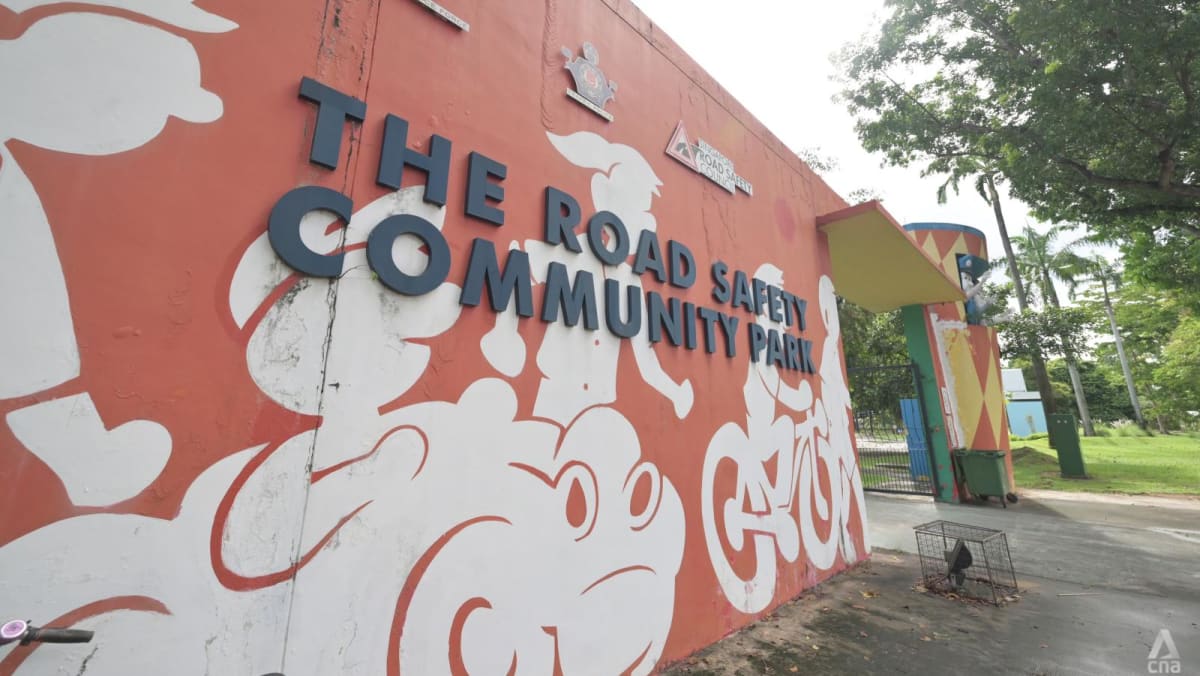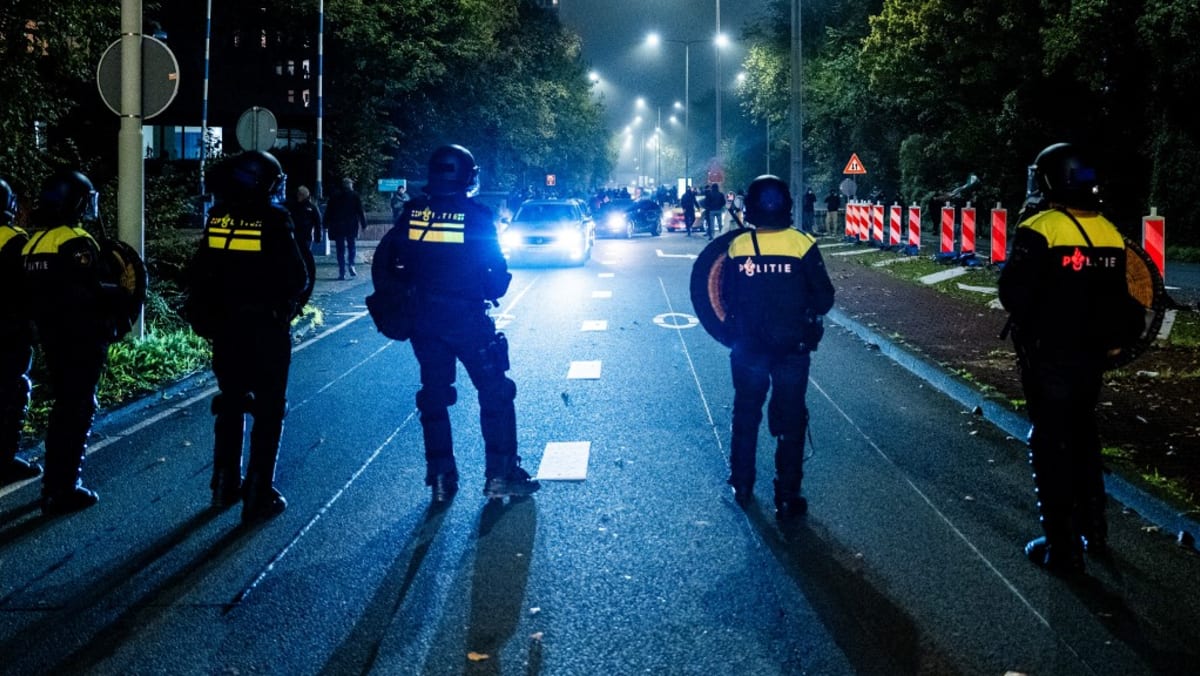‘It looks quite run-down’: Iconic Road Safety Community Park to be redeveloped

Earlier this month, the Ministry of Home Affairs published a tender on the government procurement website GeBIZ, calling for project management and consultancy services for redevelopment works at the park. The tender closed on Dec 21.
This also comes as road accidents resulting in injuries or fatalities in Singapore rose from 3,169 in the first half of 2022 to 3,542 in the same period this year.
Drink driving accidents spiked 21.4 per cent from 70 in the first half of 2022 to 85 in the same period this year as well. The traffic police flagged the rising number of accidents involving motorcyclists and elderly pedestrians as being “of continuing concern”.
60 YEARS OF HISTORY
The park’s somewhat dilapidated state may lead people to believe that it is abandoned, but this is far from the truth. Students from about 200 primary schools paid visits there last year; Primary 4 students form the bulk of visitors, though the occasional Primary 5 or 6 batch also turns up.
Their parents or even grandparents would have been among several past generations of Singaporeans who formed core memories at the park, which first opened at Kallang Park in 1961 amid an uptick in the number of vehicles and drivers on the road pre-independence.
The Traffic Games were held there annually. However, the Road Safety Park – as it was then called – had to close in 1967 due to the construction of the old National Stadium.
It reopened at its current location at 910 East Coast Parkway in 1981. It was renamed in 2002 to include the word “community”, as a reminder that everyone in the community has a part to play in road safety.
Students take on different roles as drivers, cyclists or pedestrians during school visits, learning proper road safety rules and etiquette such as how to cross at a zebra crossing. Demerit points are doled out for any violations.
The road circuit comes with traffic signs and signals as well as miniature buildings – including bus stops, the Toyota service centre and a petrol station with kid-sized petrol pumps – to simulate an actual traffic environment.
Either students or cadets from the National Police Cadet Corps youth uniformed group act as traffic marshals.
Source: CNA















